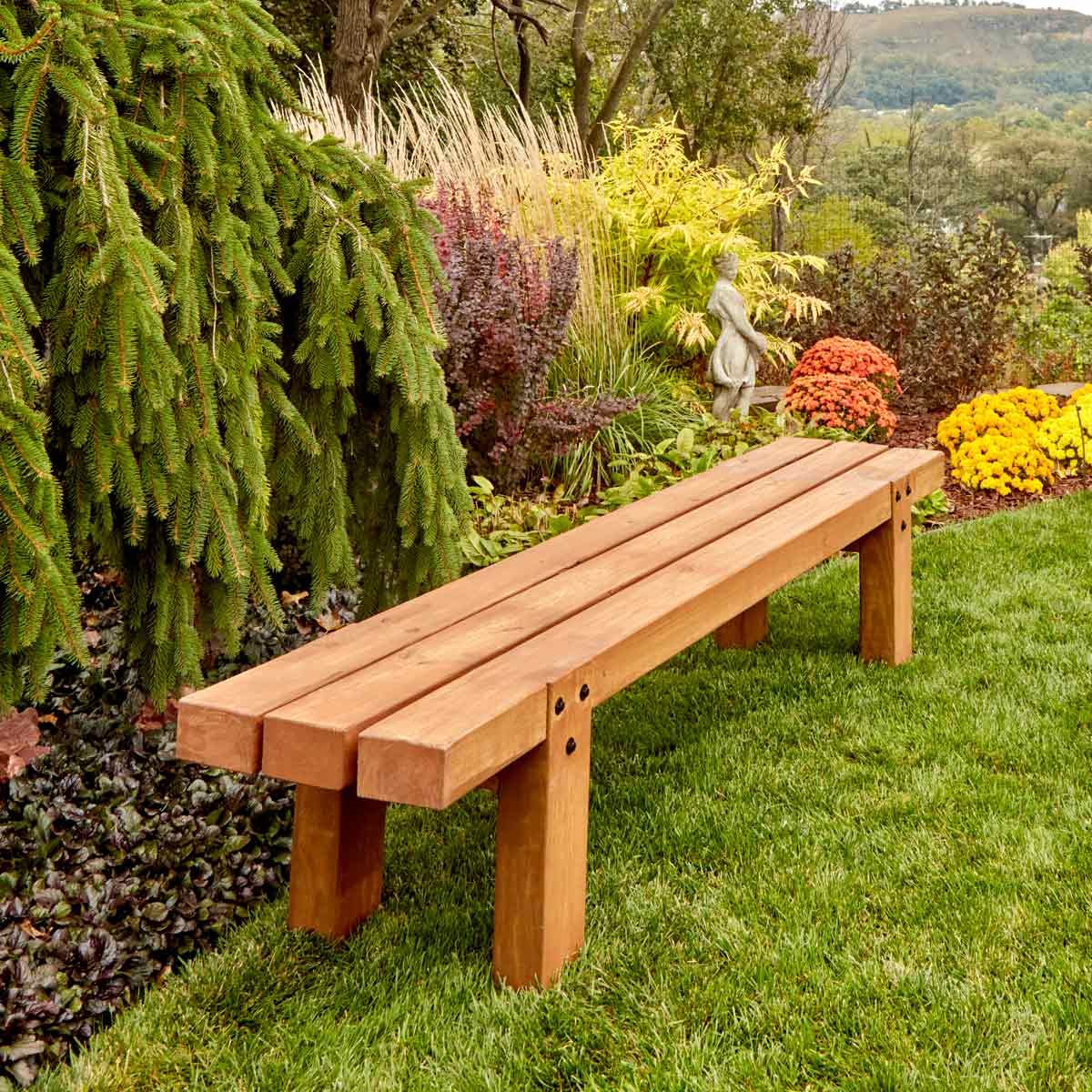
Profitable Lawn Chair Ideas for Beginners to Build and Sell
Looking for a fun and rewarding side hustle? Building and selling lawn chairs is a great option for beginners. It's a relatively low-cost venture that requires minimal equipment and can be done from the comfort of your own home. Plus, with the right designs and a bit of creativity, you can create unique and attractive chairs that customers will love.
The key to success lies in finding profitable lawn chair ideas that are both practical and appealing. You want to create chairs that are comfortable, durable, and stylish, while also considering your target market and their specific needs. To get you started, here are some profitable lawn chair ideas that beginners can build and sell:
Classic Folding Chairs
Folding chairs are a perennial favorite, and for good reason. They're lightweight, portable, and easy to store. These chairs are a great choice for camping, picnics, tailgating, and other outdoor events. To create a unique and profitable folding chair, consider using different materials like recycled wood, bamboo, or even metal. You can also experiment with different folding mechanisms and add decorative features like laser-cut designs or colorful fabrics.
Key Features:
- Lightweight and easy to carry
- Durable and long-lasting
- Comfortable and supportive
- Easy to fold and store
Adirondack Chairs
Adirondack chairs are iconic and timeless pieces that bring a touch of rustic charm to any outdoor space. Their high back and angled seat provide excellent comfort, making them perfect for relaxing and enjoying the outdoors. You can use traditional cedar wood or experiment with other durable hardwoods like oak or teak. You can also add a unique twist by incorporating different colors, finishes, or even built-in cup holders.
Key Features:
- Spacious and comfortable seating
- Rustic and charming style
- Durable and weather-resistant construction
- Versatile for various outdoor settings
Lounge Chairs
Lounge chairs are designed for ultimate relaxation and comfort. These chairs typically feature low seats, wide arms, and often come with a footrest. They are ideal for patios, poolside, or simply enjoying a good book on a sunny afternoon. When designing your lounge chairs, consider using materials like weather-resistant fabrics, sturdy metal frames, or even woven wicker for a more traditional look. Add extra features like adjustable backs, built-in cushions, or umbrellas for a luxurious touch.
Key Features:
- Luxurious and comfortable seating
- Ideal for relaxing and lounging
- Wide range of styles and materials available
- Can be customized with additional features
Sustainable and Eco-Friendly Options
There's growing demand for sustainable and eco-friendly products, and lawn chairs are no exception. Consider using recycled materials like plastic bottles, wood scraps, or even repurposed metal. You can also explore using natural fibers like bamboo or hemp, which are renewable and have a lower environmental impact. By promoting sustainability, you can attract eco-conscious customers and stand out in the market.
Key Features:
- Made from recycled or sustainable materials
- Minimal environmental footprint
- Appeals to eco-conscious consumers
- Supports a responsible and ethical approach to production
Marketing Your Lawn Chairs
Once you've created your lawn chairs, it's time to get them in front of potential buyers. Start by building an online presence with a website or social media pages to showcase your products. Participate in craft fairs, farmers' markets, and local events to connect with customers directly. You can also partner with retailers or online marketplaces to expand your reach. Offer excellent customer service, respond to inquiries promptly, and build relationships with your buyers to create a loyal customer base.
Building and selling lawn chairs can be a rewarding and profitable venture. By focusing on quality, creativity, and a strong marketing strategy, you can transform your passion into a successful business.

